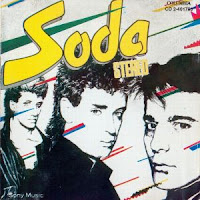 Sports are one of the major staples in the Venezuelan culture in this day and age. A few of the major sports include soccer (fútbol), baseball and tennis. Tennis is one of the more popular sports and is mostly just
Sports are one of the major staples in the Venezuelan culture in this day and age. A few of the major sports include soccer (fútbol), baseball and tennis. Tennis is one of the more popular sports and is mostly just  played for fun. Some people are also taking up the sport as a profession and there are also two major tournaments held in
played for fun. Some people are also taking up the sport as a profession and there are also two major tournaments held in
http://www.mapsofworld.com/venezuela/sports/tennis.html
http://query.nytimes.com/gst/fullpage.html?res=9402EFDE1739F931A1575BC0A9659C8B63
Sports in  the country. One of the most practiced and popular sports in
the country. One of the most practiced and popular sports in


As this sport became extremely popular in Venezuela , the Venezuelan Professional Baseball League was developed in 1946 after several players had been drafted into Major League baseball in the US Cuba
Today, Venezuela hosts leagues, academies, and summer camps for various Major League baseball teams from the United States as the scouts seek out some of the best players in South America .
As with other Latin American countries, football is perhaps the most beloved and popular sport in Venezuela. It is played on many levels – from recreational and school competitions to the club and national level. From an early age boys (and girls to a lesser extent) are taught how to play, and often engage in “street ball” – a form literally played on the neighborhood streets, usually with makeshift goals and boundaries of play. The Venezuelan National Team, nicknamed “la vinotinto” because of the signature burgundy uniforms, never does well in international competitions. They have never qualified for a World Cup, 














